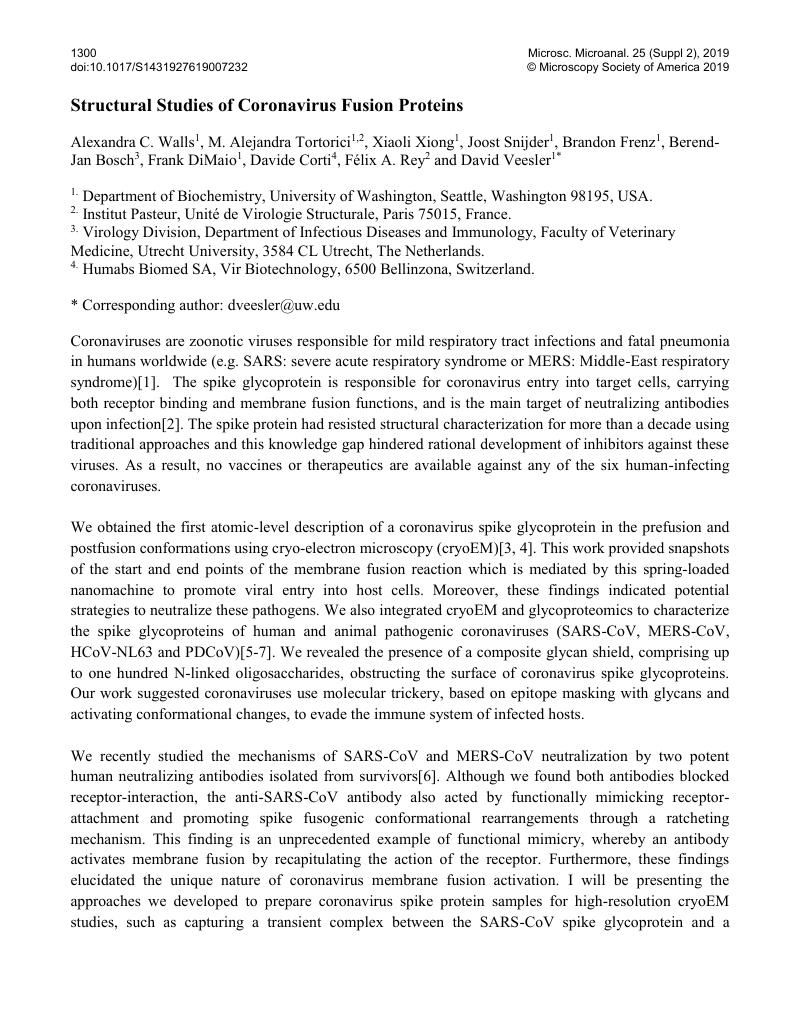Crossref Citations
This article has been cited by the following publications. This list is generated based on data provided by Crossref.
Penner, Robert C.
2020.
Conserved High Free Energy Sites in Human Coronavirus Spike Glycoprotein Backbones.
Journal of Computational Biology,
Vol. 27,
Issue. 11,
p.
1622.
Pandey, Saurabh
Yadav, Bharat
Pandey, Arvind
Tripathi, Takshashila
Khawary, Masuma
Kant, Sashi
and
Tripathi, Deeksha
2020.
Lessons from SARS-CoV-2 Pandemic: Evolution, Disease Dynamics and Future.
Biology,
Vol. 9,
Issue. 6,
p.
141.
Rahman, Md. Mominur
Islam, Md. Rezaul
Shohag, Sheikh
Hossain, Md. Emon
Shah, Muddaser
shuvo, Shakil khan
Khan, Hosneara
Chowdhury, Md. Arifur Rahman
Bulbul, Israt Jahan
Hossain, Md. Sarowar
Sultana, Sharifa
Ahmed, Muniruddin
Akhtar, Muhammad Furqan
Saleem, Ammara
and
Rahman, Md. Habibur
2022.
RETRACTED ARTICLE: Multifaceted role of natural sources for COVID-19 pandemic as marine drugs.
Environmental Science and Pollution Research,
Vol. 29,
Issue. 31,
p.
46527.



